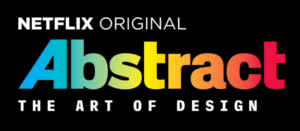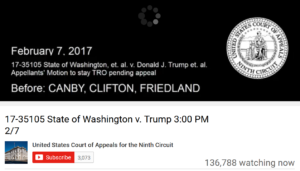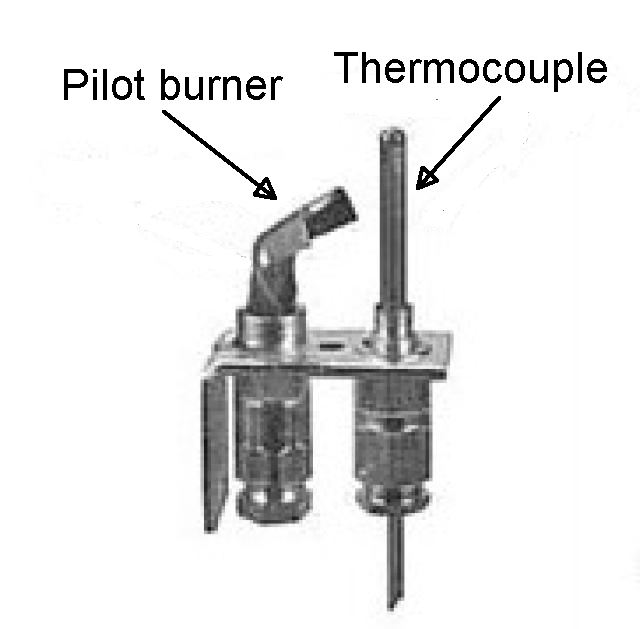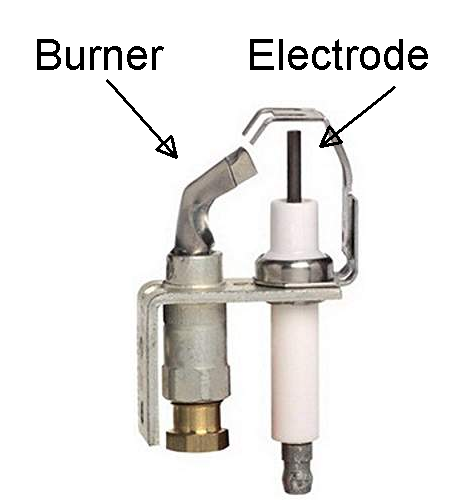If you sometimes use the Patent Cooperation Treaty, and if you have not yet joined the PCT Listserv, please let this blog post remind you that you may wish to join that listserv. As a member of that listserv, you can be surrounded by the brightest PCT practitioners all around the world. Today in the PCT Listserv, alert member William Slate asked some very good questions, the answers to which remind us of Best Practices to be followed when pursuing entry into the US national phase from a PCT application. Mr. Slate asks:
- What is the current PTO examination prioritization of a 371 vs. a bypass continuation?
- The particular situation I am concerned about is a non-US RO with a non-US priority. Is the 371 prioritized based on the 371 date?
- Is the bypass prioritized based on the IFD (international filing date)?
- Does it make any difference if the it was RO/US with US provisional benefit?
The short answer is that so far as positioning in the USPTO Examiner’s examination queue is concerned, a well executed national phase entry or a well executed bypass continuation will end up in the same place in the queue. But as will be discussed, many US national phase entries are not “well executed”.
371 cases. A 371 case drops into the Examiner’s examination queue based upon the date upon which the applicant perfected entry into the US national phase. In the majority of cases this will be the “30-month date”, that is, the date that is 30 months after the priority date.
Of course quite often the queue position is the 30-month date because the filer hands in the papers for US national-phase entry on the last possible date. (Which might be due to procrastination on the part of the practitioner or on the part of the client.)
But if you review a lot of 371 file wrappers, you will find that very often the practitioner “leaves money on the table” regarding the position that is obtained in the Examiner’s examination queue. By this I mean that the requirements for perfection of US national-phase entry will have been satisfied chronologically prior to the 30-month date. The practitioner filed a document requesting US national-phase entry, and paid the needed fees, and provided translations into English (if needed), and handed in all of these things prior to the 30-month date. But then the practitioner failed to say the magic words. The practitioner failed to make “an express request for early national-phase entry”.
Such a failure means that the application could have entered the Examiner’s examination queue on the day of the (not filed) express request. Instead, the application sits on ice until the 30-month date, at which point for the first time it drops into the Examiner’s queue.
Such a failure “leaves money on the table” in at least two ways. First, we all have this old-fashioned notion that the reason we exist as practitioners is to help a client get a patent. And losing a few days (or a few weeks or months) in the examination queue means a probable delay in the eventual grant of a patent.
Second, the Patent Term Adjustment calculations, which are very complicated, sometimes count one of the time periods from the date upon which the application entered the Examiner’s queue. So a failure to file an Express Request will sometimes lead to a loss of PTA that would otherwise have been granted.
The Filing Receipt in a 371 case will list a “filing or 371” date, and it is this date on the official Filing Receipt that will determine the place in the examination queue.
Bypass continuations. In most patent offices around the world, there is only one path to patent protection from a PCT, namely entry into the national phase. But alert listserv member William Slate correctly reminds us that in the US, there are two available paths for patent protection from a PCT. One is the (very familiar) entry into the US national phase. The other is the (not so often employed) “bypass continuation”. There are many factors which might influence an applicant’s choice of one path or the other, factors the discussion of which can fill an entire hour of discussion during a PCT Seminar (see here and here and here) of a day or two’s duration. But Mr. Slate draws our attention to one particular factor, namely where does the application fall in the Examiner’s examination queue, depending upon the practitioner’s choice of filing path?
We have already discussed where a US national phase (371) case falls in an Examiner’s queue. The position in the queue is the 30-month date, unless the practitioner is savvy enough to file an Express Request (and to fulfill the other requirements such as fees and translations and the inventor’s oath or declaration). But what about the bypass continuation? What position does it earn in the Examiner’s queue?
The answer is, the position in the queue for a bypass continuation is the same as for an ordinary domestic US patent application that has no priority claim or domestic benefit claim. The simple “filing date” as shown on the Filing Receipt will determine the position of the bypass continuation in the Examiner’s examination queue.
Which then brings us to Mr. Slate’s sub-questions.
Does the IFD make a difference depending on whether we pick 371 or bypass? No, the IFD (international filing date) does not play any part in the position in the examination queue in the USPTO. Not for a 371 case, not for a bypass case.
Does the choice of RO make a difference depending on whether we pick 371 or bypass? No, nothing about this is tied in any way to the particular Receiving Office (“RO”) which the applicant selected. Picking RO/US rather than some other RO does not lead to an earlier position in the examination queue. Not for a 371 case, not for a bypass case.
Does it make a difference depending upon where the priority application was filed? No, nothing about this is tied in any way to whether the priority application was filed in the USPTO or at some other patent office. Arranging for the priority application to be a US provisional rather than a non-US patent application does not lead to an earlier place in the US examination queue. Not for a 371 case, not for a bypass case.
The applicant that is concerned about how quickly an application will get examined, then, will not be particularly slanted toward one path or the other (371 or bypass). But as mentioned above, there are many other factors (other than examination queue position) that might influence the savvy filer’s choice of one path or the other. Go to a PCT Seminar (see here and here and here) to hear about this for an hour or so.
Getting ahead in the queue? The applicant that is concerned about how quickly an application will get examined may wish to pay close attention to other initiatives that can make a big difference. In our office the initiative that we use most often is the Patent Prosecution Highway. The PCT applicant can arrange to receive a favorable Written Opinion from the International Searching Authority. Or failing that, the PCT applicant can file a Demand and winkle a favorable International Preliminary Report on Patentability (under Chapter II of the PCT) from the International Preliminary Examining Authority. Either of these accomplishments permits the PCT applicant to move to the very front of the line for examination in the USPTO, using the PPH.
Another initiative which some applicants pursue is Track I. There are many pros and cons as between Track I on the one hand and PPH on the other hand, which will be the subject of a later blog posting here.
To summarize, so far as positioning in the USPTO Examiner’s examination queue is concerned, a well executed national phase entry or a well executed bypass continuation will end up in the same place in the queue.
Again, hats off to alert listserv member William Slate for reminding us of these important Best Practice issues.




